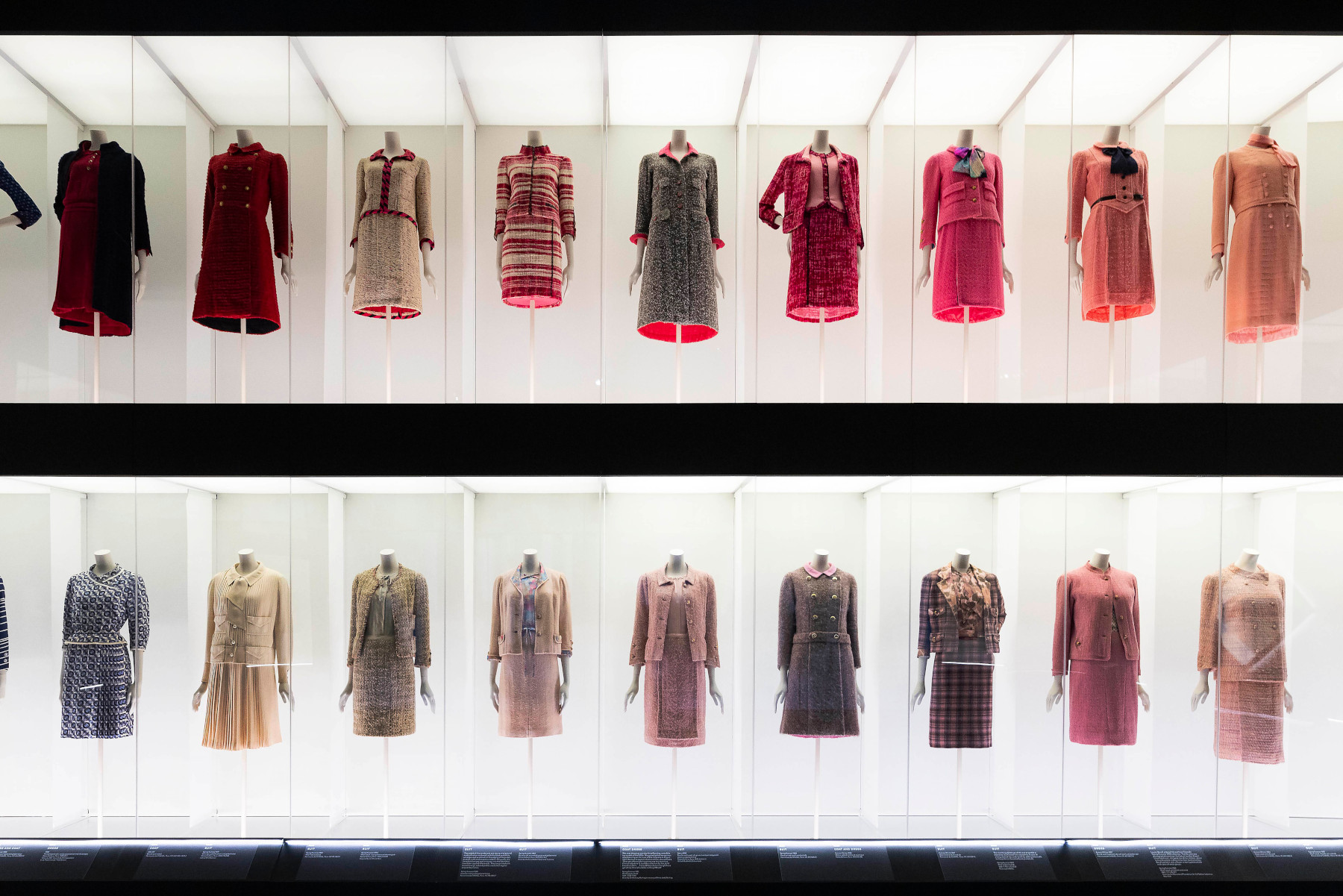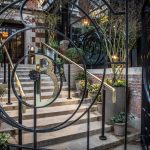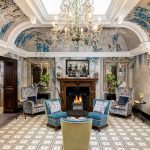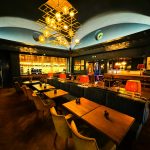Gabrielle Chanel. Fashion Manifesto is the Victoria & Albert Museum’s latest blockbuster exhibition. Judith Schrut has been to view.
It’s fitting that the V&A, the world’s greatest museum of art, design and performance, is playing host to Gabrielle Chanel. Fashion Manifesto, the first UK exhibition dedicated to fashion legend Coco Chanel (1883-1971). Partnering with the House of Chanel and Paris’ Palais Galliera, the V&A continues its innovative and hugely successful streak of shows honouring top fashion designers with this blockbuster display.
But you don’t need to be a dedicated follower of fashion to find this exhibition breathtaking, exhilarating, gorgeous and fun.
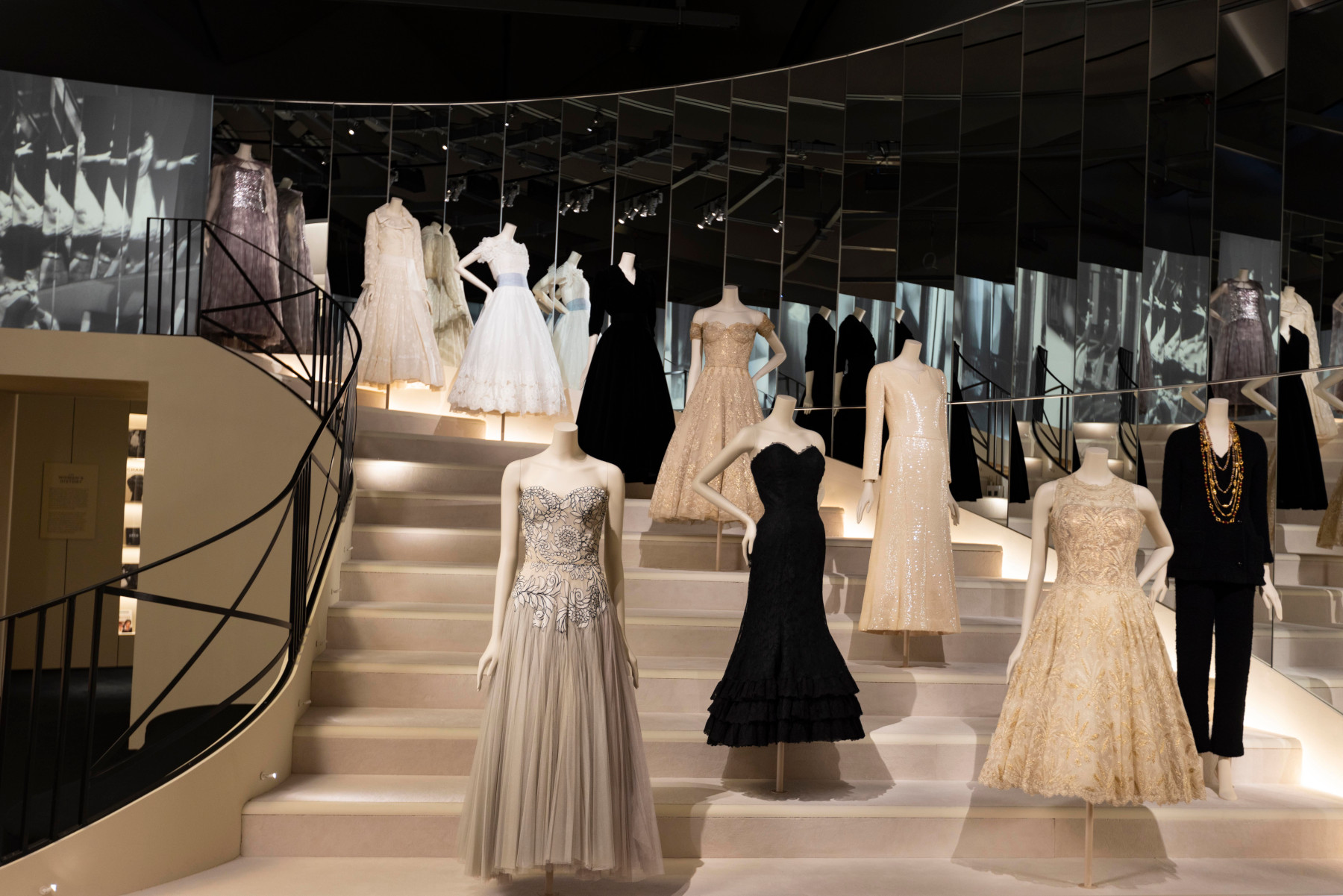

Descend to the spacious, subterranean Sainsbury Gallery in the museum’s new wing to start this astonishing voyage through the long life and career of Gabrielle Bonheur “Coco” Chanel, from her inauspicious beginnings in a Paris poorhouse and early ventures as a hat maker, to her rapid rise to fame, fortune and continuously-evolving fashion creativity, which lasted, literally, to her dying day more than 60 years later.
And a pretty awesome voyage it is. There are the early silk hats and slinky jerseys, the Little Black Dress, costumes for stage and screen greats like Nijinsky’s Ballets Russes and Hollywood’s Lauren Bacall and Gloria Swanson.
There are ballrooms-worth of glittery, shimmery gowns in red, gold, black, silver; gowns for glamorous occasions, for dancing (one of Coco’s favourite pastimes), for debutante-ing, for seduction. Dazzling, be-jewelled evening dresses, silky numbers dripping with sequins, diamonds and several cockerels worth of feathers. Hats, handbags, shoes and suits, lots and lots of suits. A rainbow tribe of suits in fact, or, as Vogue Magazine famously called them, “the world’s prettiest uniform”.
There’s even the reconstructed mirrored staircase from Coco’s rue de Chambon salon where, as her models descended, she would sit hidden on the top step so as to watch her patrons’ reactions reflected in the mirrors, and a gaspworthy display of Coco’s costume jewellery, made not with gold or precious stones but with glass beads, glass paste, imitation pearls and gilded metal.
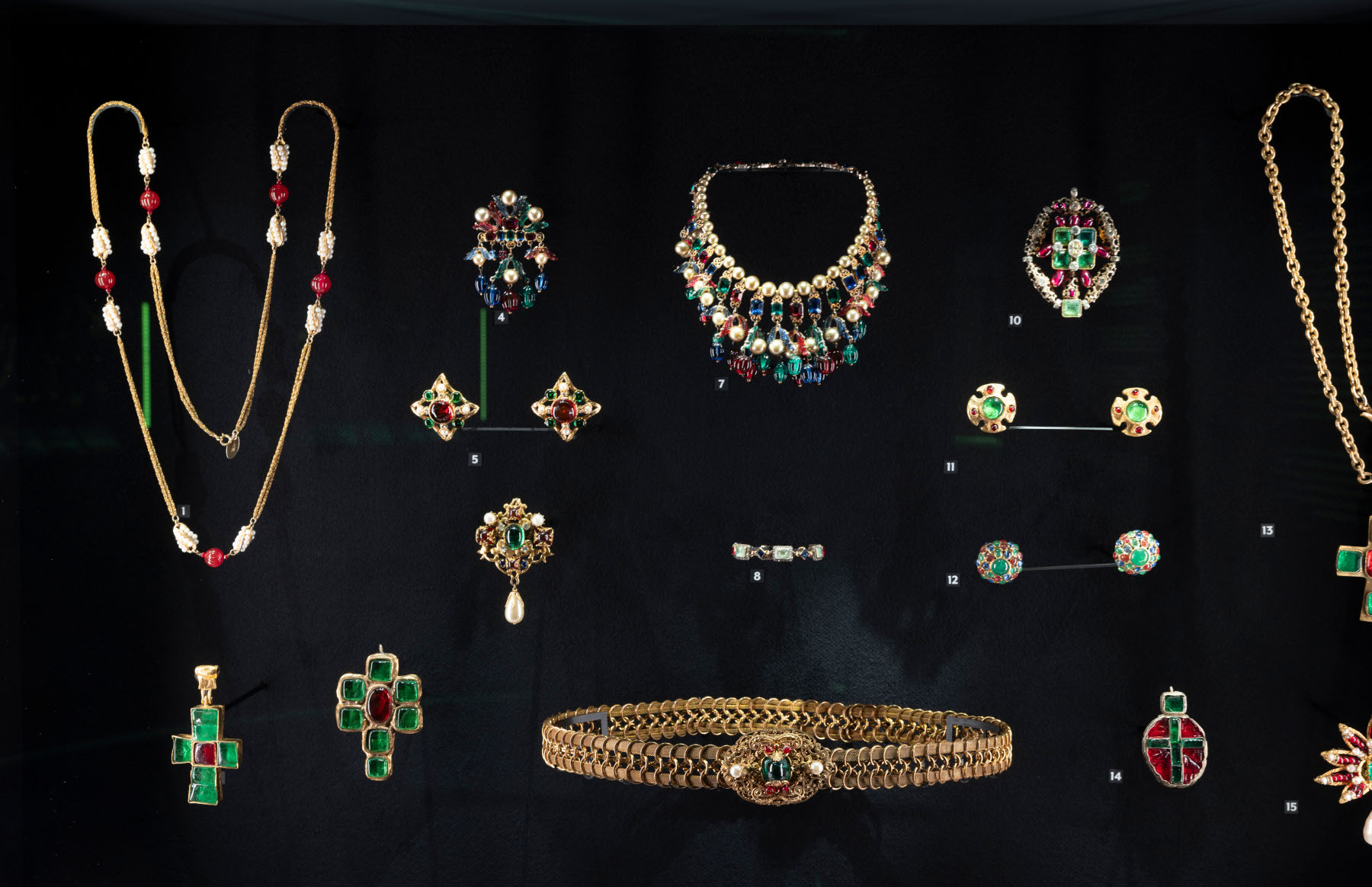

As you’d expect, there’s space given to Coco’s ‘Invisible Accessories’, her revolutionary range of makeup, skin care and perfume. The most desirable of these was, of course, Chanel No 5. “Every woman alive wants Chanel No 5” ran its memorable slogan; even Marilyn Monroe famously wore it to bed. Over 100 years since its creation, it’s still one of the world’s top fragrances.
Above all, the show explores how Coco Chanel devoted her life to designing bodywear for a new kind of woman, the modern woman: independent, bold, active, elegant but practical, like the designer herself. Coco’s bywords— elegance, freedom of movement, simplicity— meant au revoir to stiff fabrics and body-binding corsets, and bienvenue to loose waistlines, raised hemlines and comfortable, sporty, relaxed styles.
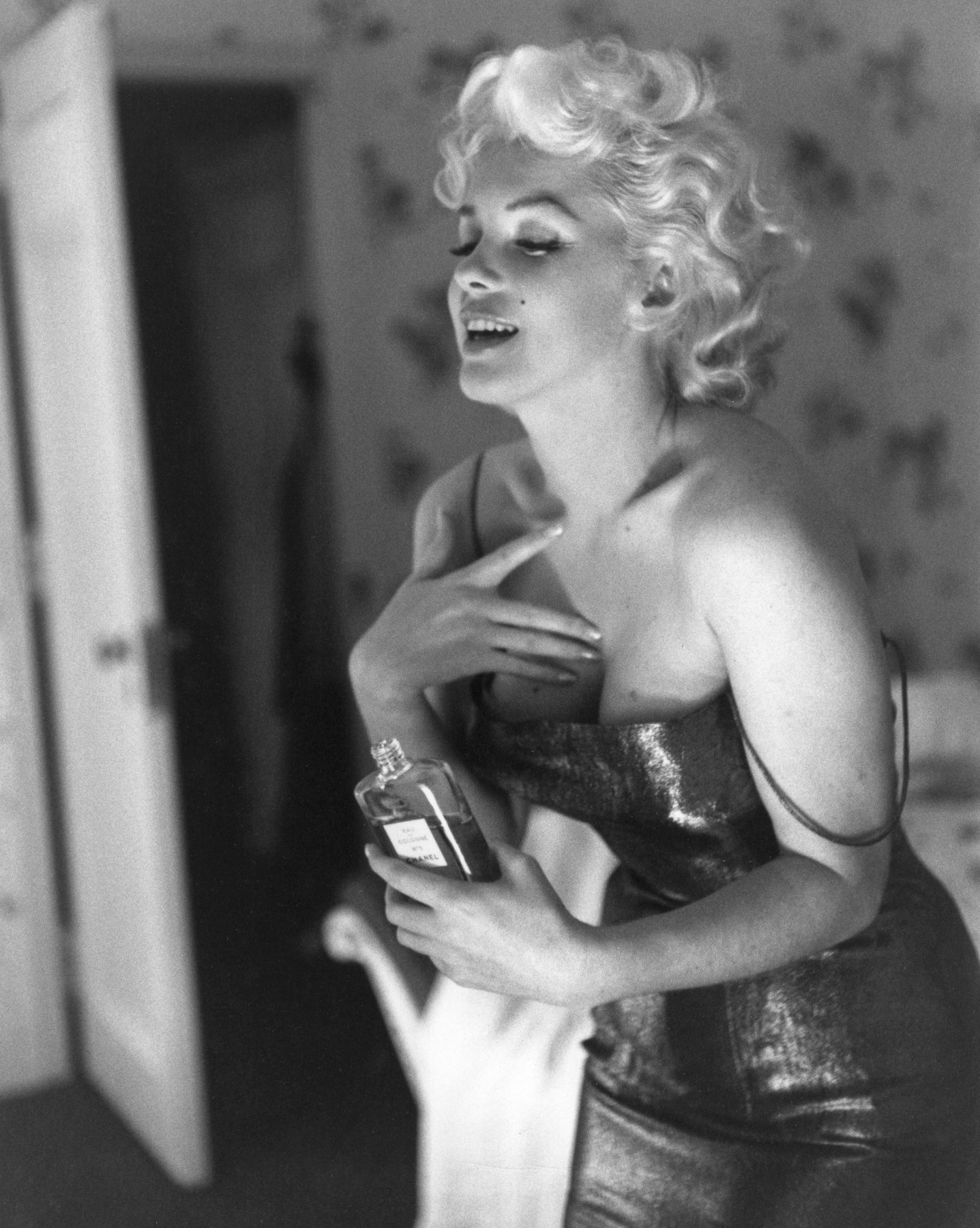

Although she never married, Coco collected a lifetime of illustrious, sometimes notorious lovers. Amongst these were the Duke of Westminster, composer Igor Stravinsky, artist Pablo Picasso, wealthy playboy Arthur ‘Boy’ Capel and Hans Günther von Dincklage, Nazi spy. She numbered Sir Winston Churchill, Marlene Dietrich and many other artists and aristocrats amongst her closest friends.
For those of us who can’t quite afford our own diamond-encrusted silk gown, the show is a unique chance to see Haute Couture up close, a fast disappearing world where everything is handmade with exquisite craftsmanship and skill.
The exhibition doesn’t shy away from Coco’s darker sides: the morphine habit, her openly-expressed antisemitic and homophobic views, her Nazi connections. For these and other reasons, the House of Chanel went dark for 15 years during and after World War II, followed by its remarkable rebirth and reinvention, led by the now-70 year old Coco.
The designer’s legacy looks destined to thrive for an awful lot longer: today’s House of Chanel has over 300 boutiques, mainly in China and the US, and employs 28,500 employees worldwide.
Gabrielle Chanel. Fashion Manifesto
The exhibition is on until 25 February 2024 at the Victoria & Albert Museum, Cromwell Road, South Kensington, London SW7
Tickets £16-24, advanced booking essential, V&A members free.
Further information
Can be found here: vam.ac.uk
Images: Cover image, Gabrielle Chanel. Fashion Manifesto at the V&A, ©Victoria and Albert Museum, London. Other images courtesy and ©V&A Press Office.
